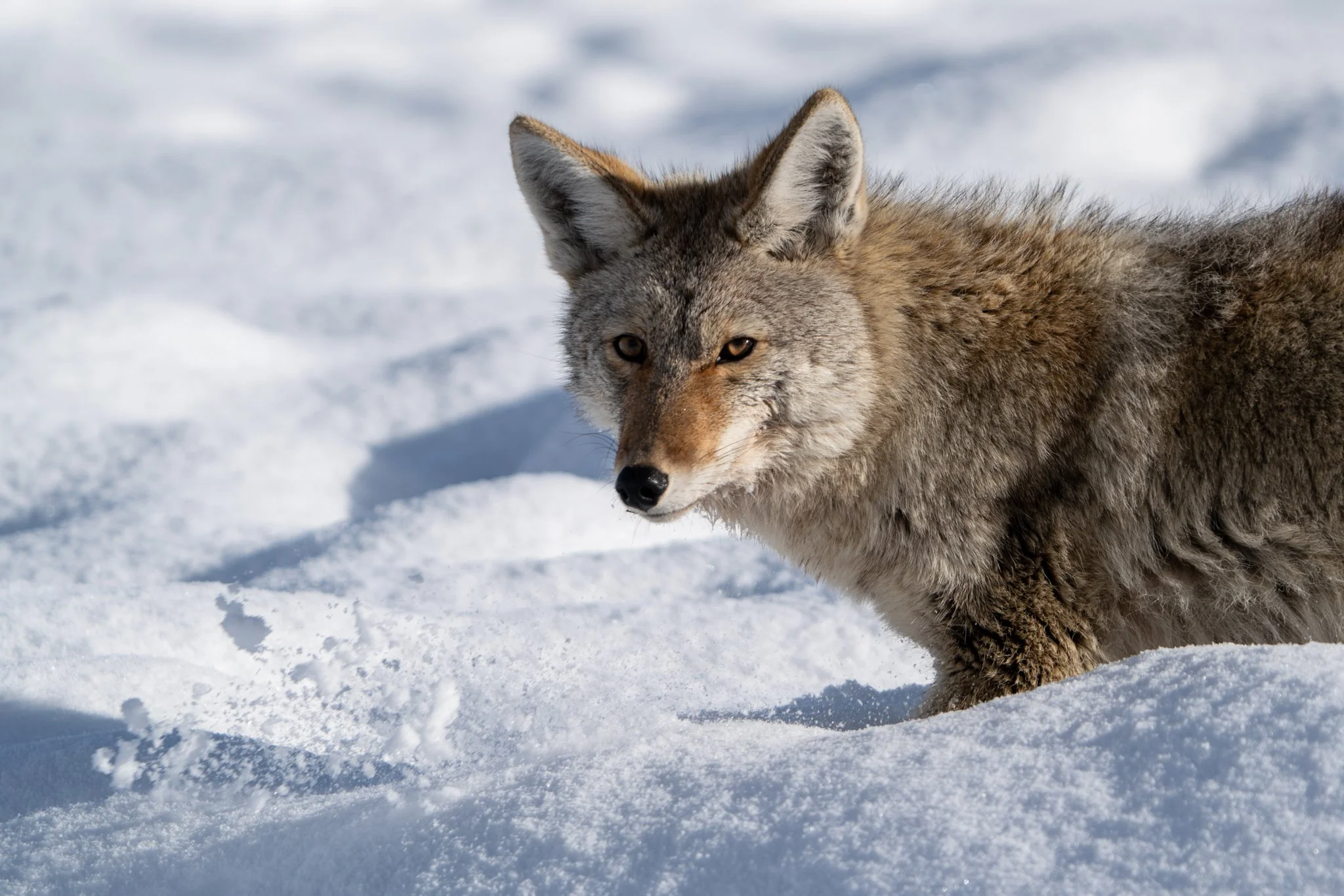10 Tips to Elevate Your Wildlife Photography
Capturing stunning wildlife images is more than just being at the right place at the right time; it requires skillful shooting techniques and thoughtful post-processing. At Wildscape Adventure, we've gathered the 10 best tips to help you optimize your wildlife photography and take your images from good to breathtaking.
1. Shoot in RAW Format
Always shoot in RAW format rather than JPEG. RAW files preserve all image data from your sensor, providing greater flexibility in editing. You can easily correct exposure, recover details in shadows and highlights, and fine-tune white balance without sacrificing image quality.
2. Master Your Exposure Triangle
Gain a deep understanding of ISO, aperture, and shutter speed. Adjust shutter speeds to freeze or blur motion effectively. Use wider apertures (lower f-numbers) to isolate subjects from the background, and choose an appropriate ISO setting to balance brightness and image clarity while avoiding excessive noise.
Credit to: Hamburger Fotospots
3. Perfect Your Composition
Employ compositional techniques like the Rule of Thirds, where your subject is positioned at intersecting grid lines, to create visually engaging images. Utilize framing elements such as branches or leaves to focus viewer attention and leading lines to guide eyes directly to your subject.
4. Use Continuous Autofocus (AI Servo)
Continuous autofocus mode (AI Servo) is essential for tracking and maintaining sharp focus on moving wildlife. This mode continuously adjusts focus as the subject moves, crucial for capturing clear images during unpredictable movements or rapid action.
5. Stabilize Your Shots
Utilize a sturdy tripod, monopod, or even a beanbag to significantly reduce camera shake. This stability is especially vital when using heavy telephoto lenses, enabling sharp, detailed shots even at slower shutter speeds.
6. Leverage Natural Light
Photograph wildlife during the golden hours—shortly after sunrise or just before sunset—when the natural light is warm, diffused, and flattering. This lighting beautifully accentuates textures and colors, creating dramatic, engaging imagery.
7. Capture Eye Contact
Prioritize focusing precisely on the eyes of your subject. Sharp, clear eyes create an emotional connection with viewers, adding depth and bringing your wildlife photographs to life. Ensure eye contact or catchlights to dramatically enhance visual impact.
8. Manage Background and Foreground
Strive for simple, non-distracting backgrounds and foregrounds by adjusting your position or changing camera settings. A shallow depth of field achieved through wider apertures helps blur background distractions, placing clear emphasis on your wildlife subject.
9. Optimize in Post-Processing
Use post-processing software like Lightroom or Photoshop to refine your images subtly yet effectively. Enhance sharpness, adjust clarity, manage color balance, and reduce noise without over-editing. Aim for natural-looking results that enhance rather than alter reality.
10. Practice Ethical Photography
Always maintain ethical standards in wildlife photography. Keep a safe, respectful distance from animals, never disrupt natural behaviors, and strictly avoid baiting or disturbing wildlife for the sake of photographs. Ethical practices ensure wildlife safety and promote conservation awareness.
Ready to enhance your wildlife photography skills? Join one of our specialized wildlife photography workshops at Wildscape Adventure and capture the essence of nature in its purest form.
To experience the wonders of Yellowstone’s wildlife and landscapes firsthand, join one of our Wildlife Photography Tours in Yellowstone National Park. Our expert-led tours offer unparalleled opportunities to photograph the park’s iconic animals and breathtaking scenery while providing professional guidance to elevate your photography skills. Whether you’re a beginner or a seasoned photographer, we tailor our experiences to ensure unforgettable moments in the heart of Yellowstone. Visit our website at WildscapeAdventure.com for more information and to book your next adventure with us. Let’s capture the wild together!






